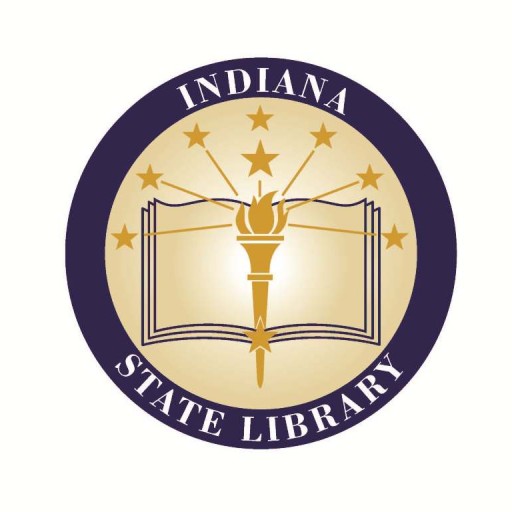Getting the Most Out of Gov Docs

A founding principle of the United States was that its citizens should have access to the information the government produced. To that end, since the earliest days of The Republic, government documents have been disseminated far and wide throughout the country. Over time, repositories for government documents were established. The Indiana State Library, under the umbrella of the Federal Depository Library Program, is one such institution.
Despite the volume and breadth of the material, the U.S. Government’s documents collection is underused. Many citizens are unaware of the vast stores of information available to them for free and at their fingertips, either in print or online. There is so much readily-available information that searching the collections can present challenges. The good news is that tutorials and directions can be found at Govinfo.gov, a resource for all documents printed by the Government Printing Office.
The U.S. Government also tracks access to its sites – registering where queries originate, from what sorts of devices and the length of each visit. Currently the program tracks traffic from approximately 400 Executive Branch domains and 5,700 total sites, including every cabinet department.
Analytics.usa.gov also details which sites are the busiest at any point in time – chances are the United States Postal Service might be winning.
Finally, Ourdocuments.gov offers insights into how people feel about the documents created and saved by our government. In a recent poll, individuals chose the Declaration of Independence as the most important document in U.S. history.
Post written by Reference Librarian Kate McGinn
